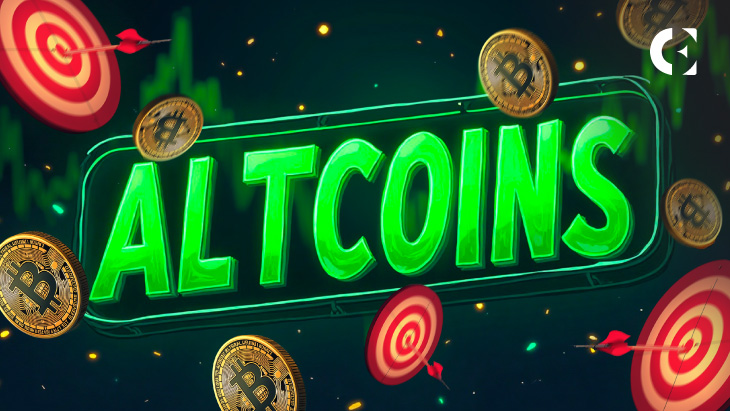
The term **”Alt Season”** evokes recollections of a sea of green candles lighting up charts across the board, explosive rallies, and 10x returns for crypto veterans. However, in the current market, which is characterized by regulatory crackdowns, increasing interest rates, and the increasing dominance of Bitcoin, many are posing a challenging question: ***Is there a resurgence of altcoins imminent, or ...

Previously disregarded as internet jokes with no intrinsic value, **meme coins** such as Dogecoin and Shiba Inu have become a defining feature of the cryptocurrency landscape. These digital assets, which are frequently motivated by internet culture, celebrities, or absurd humor, have garnered attention for their extraordinary returns—and their equally brutal collapses. However, a serious question remains: **Are meme coins a ...

The question of when tokenized assets will become commonplace in the next evolution of finance is no longer “if” but rather “when.” Tokenization is rapidly becoming a game-changing force that has the potential to redefine the way the world invests, saves, and grows capital as blockchain technology matures and global financial institutions embrace digital innovation. From fine art to stocks ...

The volatility, dramatic peaks, and gut-wrenching collapses of cryptocurrency markets are well-documented. For those who are unfamiliar with the situation, it may appear disorganized—with sudden bursts of enthusiasm that are promptly followed by excruciating adjustments. However, a distinct pattern has emerged over time for experienced investors, speculators, and analysts: **crypto market cycles**. It is imperative for individuals who are navigating ...
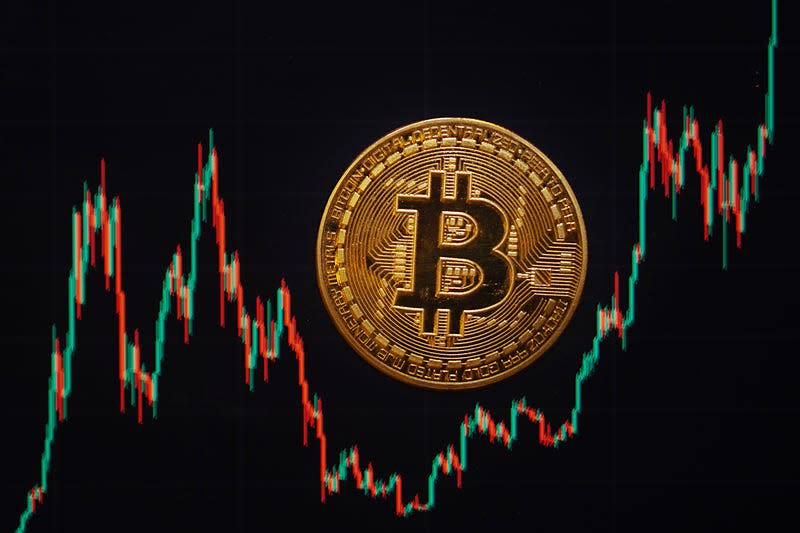
One prediction in the ever-evolving realm of cryptocurrency continues to captivate the imagination of investors, economists, and skeptics: **Will Bitcoin reach \$1 million?** The bold objective, which was previously dismissed as fantasy, is now being proposed by institutional investors, tech billionaires, and even some central bankers. However, how probable is it in reality? Is Bitcoin on a trajectory that will ...
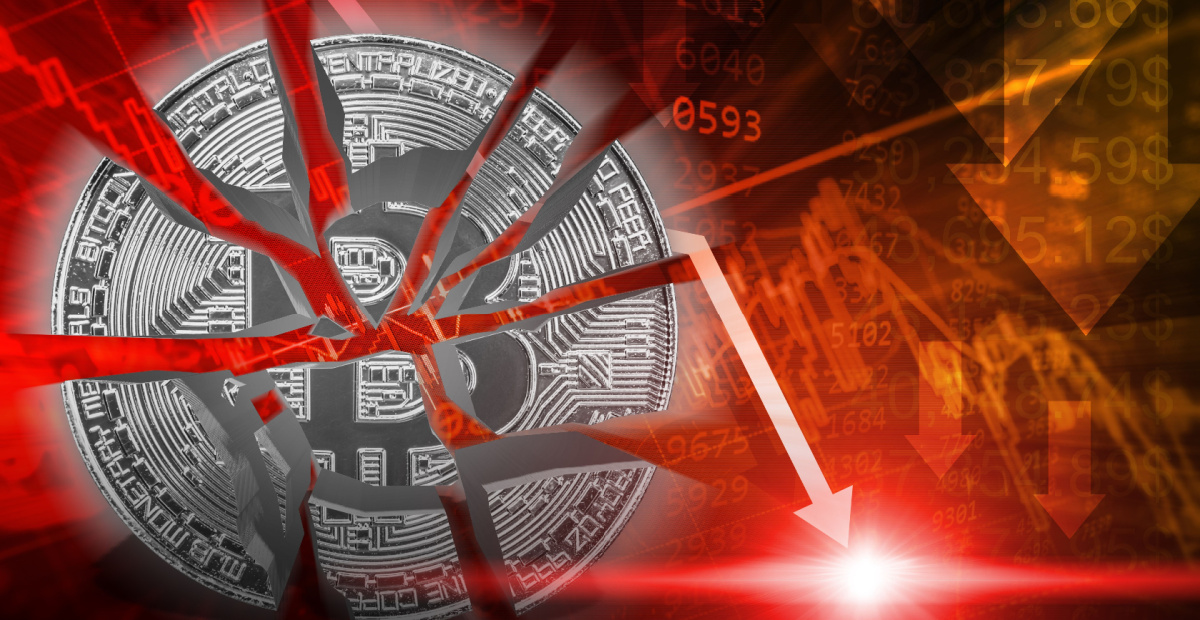
**Stablecoins** are among the few innovations that have effectively bridged the divide between traditional finance and digital assets as the crypto world matures. Stablecoins, which are pegged to fiat currencies such as the US dollar, provide the quickness and adaptability of crypto without the volatility that afflicts assets such as Bitcoin and Ethereum. However, are stablecoins truly the “safe havens” ...
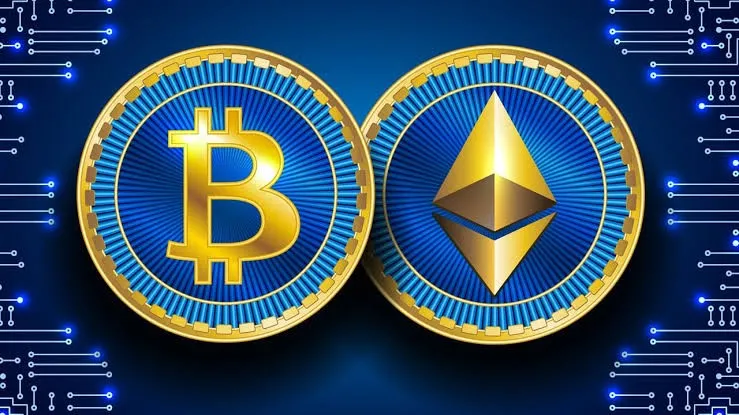
As we are on the brink of a new crypto cycle, analysts and investors are divided on a critical question: **Will the next phase of growth be influenced by institutional capital, or will retail traders return to ignite the next rally?** The crypto investment landscape has undergone a significant transformation in recent years. The industry is maturing, but it is ...
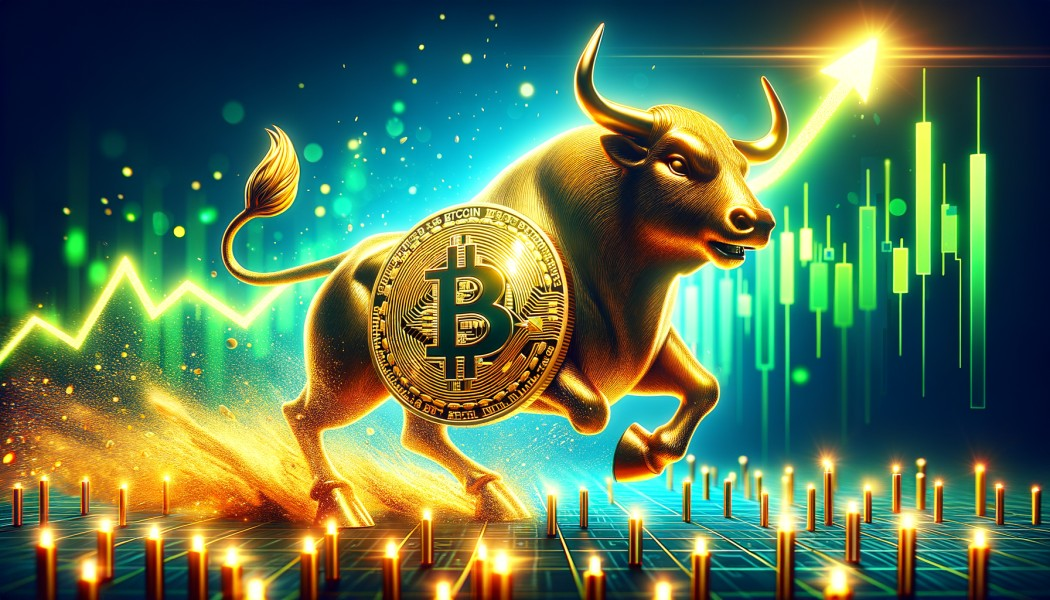
The crypto world is once again abuzz with speculation, following months of market turbulence and regulatory uncertainty: **What will be the catalyst for the next bull market, and when will it commence?** The emergence of macroeconomic shifts, the gradual return of institutional actors, and the deepening of blockchain adoption have led many analysts to predict that a significant rally is ...

New classes of cities are emerging as **crypto hubs** as the world embraces the digital revolution, rather than as traditional financial centers. These cities are attracting blockchain talent, establishing supportive regulatory frameworks, and becoming magnets for businesses, investors, and Web3 communities, all while fostering innovation. **10 cities that are pioneering the transition to the crypto future**—and the reasons they are ...
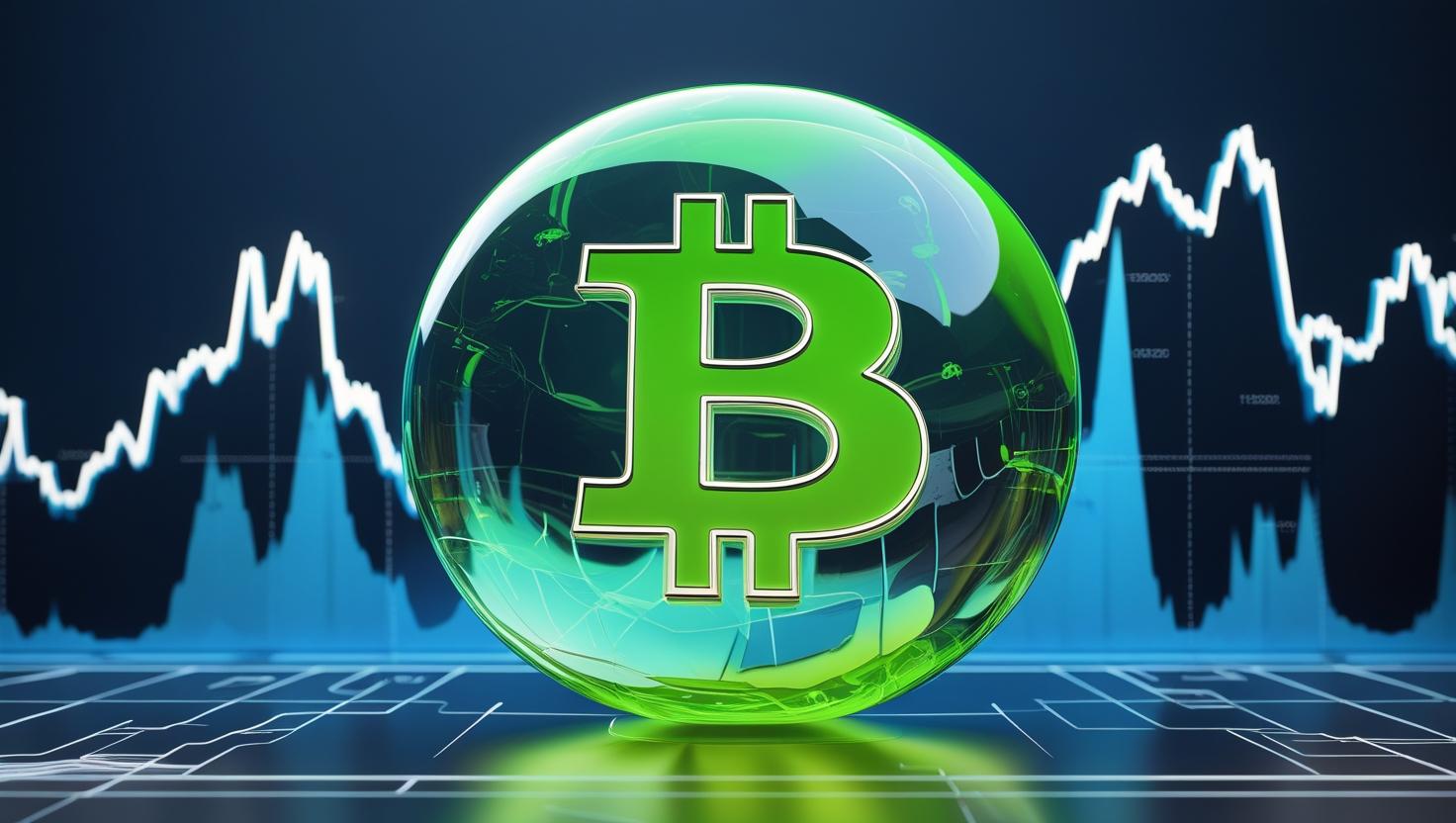
A new innovation, the internet, was the subject of a tidal surge of excitement in the late 1990s. Startups with nebulous business plans but “.com” in their names generated millions of dollars overnight. The prices of stocks increased significantly. And then—**it all crashed**. In 2000, the dotcom bubble exploded, resulting in the dissolution of hundreds of companies and the loss ...